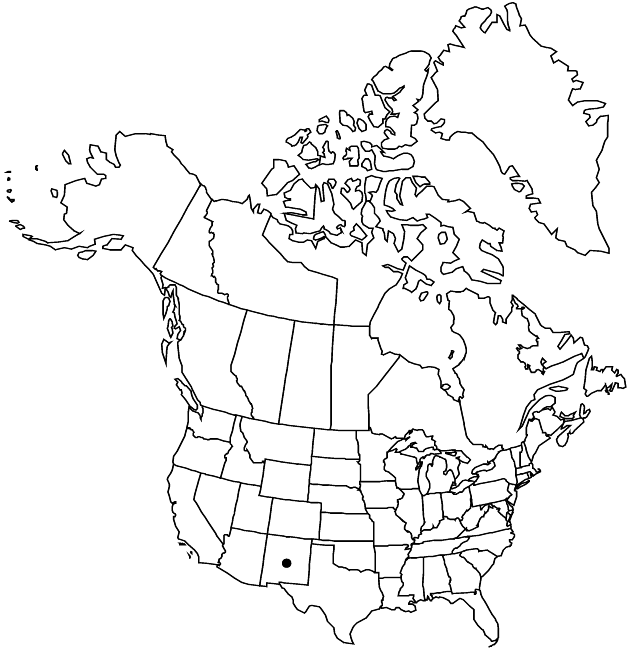Difference between revisions of "Tetradymia filifolia"
Bull. Torrey Bot. Club 25: 123, plate 334, figs. 3, 4. 1898.
Endemic
Treatment appears in FNA Volume 20. Treatment on page 630.
imported>Volume Importer |
imported>Volume Importer |
||
| Line 49: | Line 49: | ||
|publication year=1898 | |publication year=1898 | ||
|special status=Endemic | |special status=Endemic | ||
| − | |source xml=https:// | + | |source xml=https://bitbucket.org/aafc-mbb/fna-data-curation/src/2e0870ddd59836b60bcf96646a41e87ea5a5943a/coarse_grained_fna_xml/V19-20-21/V20_1415.xml |
|tribe=Asteraceae tribe Senecioneae | |tribe=Asteraceae tribe Senecioneae | ||
|genus=Tetradymia | |genus=Tetradymia | ||
Latest revision as of 20:00, 5 November 2020
Shrubs, 1–5+ dm. Stems 1–5+, erect, unarmed, tomentose to glabrescent. Leaves: primaries linear-subulate, 5–20+ mm, floccose, sometimes glabrate; secondaries linear-filiform, 3–15 mm. Heads 3–7. Peduncles 3–15 mm. Involucres turbinate, 7–10 mm. Phyllaries 4, lanceolate to obovate. Florets 4; corollas cream to bright yellow, 9–10 mm. Cypselae 3–5 mm, hirsute; pappi of 100–130 (distally dilated) bristles 6–8 mm. 2n = 120.
Phenology: Flowering summer.
Habitat: Pinyon-juniper woodlands, sometimes gypseous soils
Elevation: 1500–1800 m
Discussion
Selected References
None.
Lower Taxa
None.
